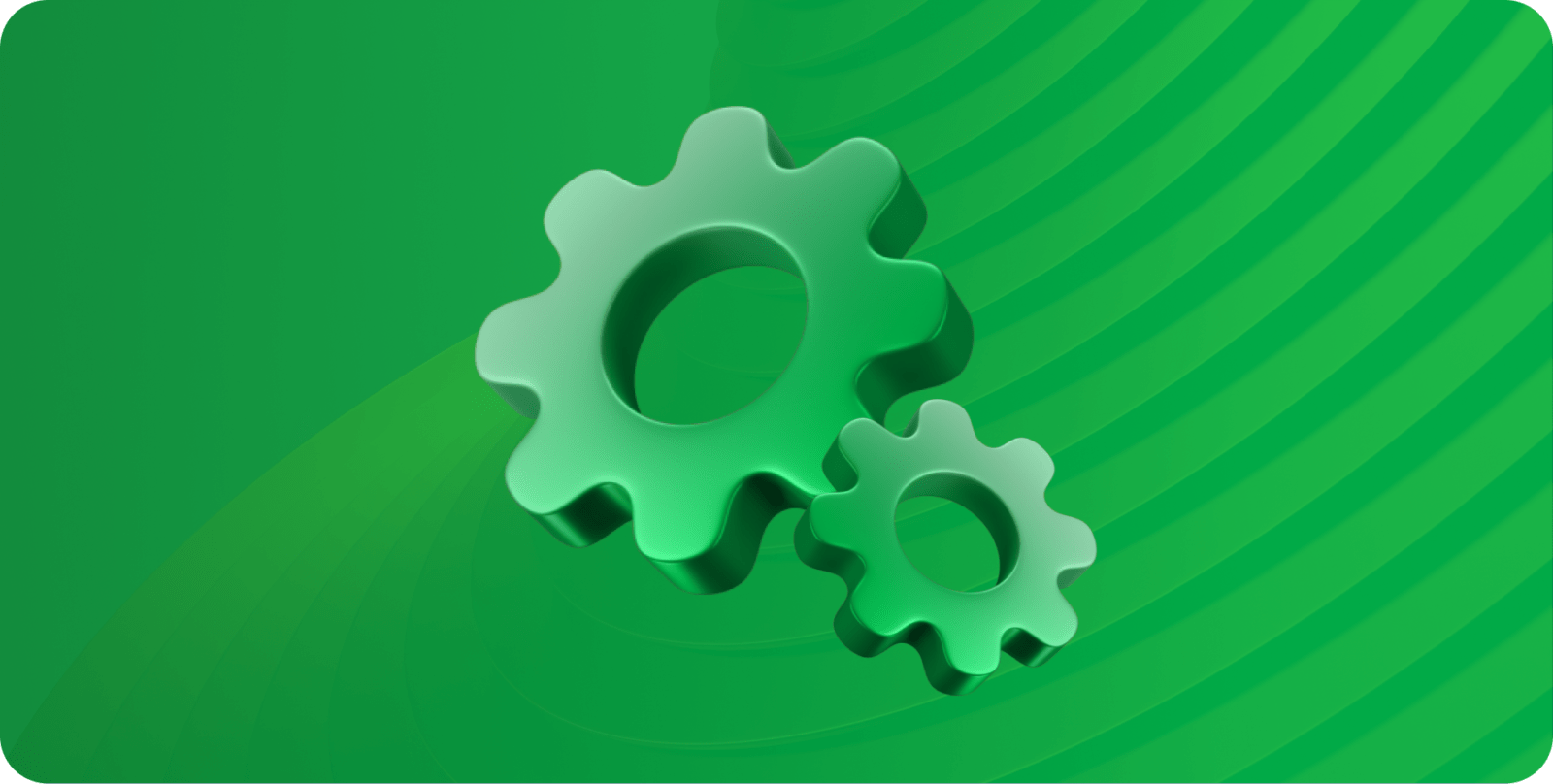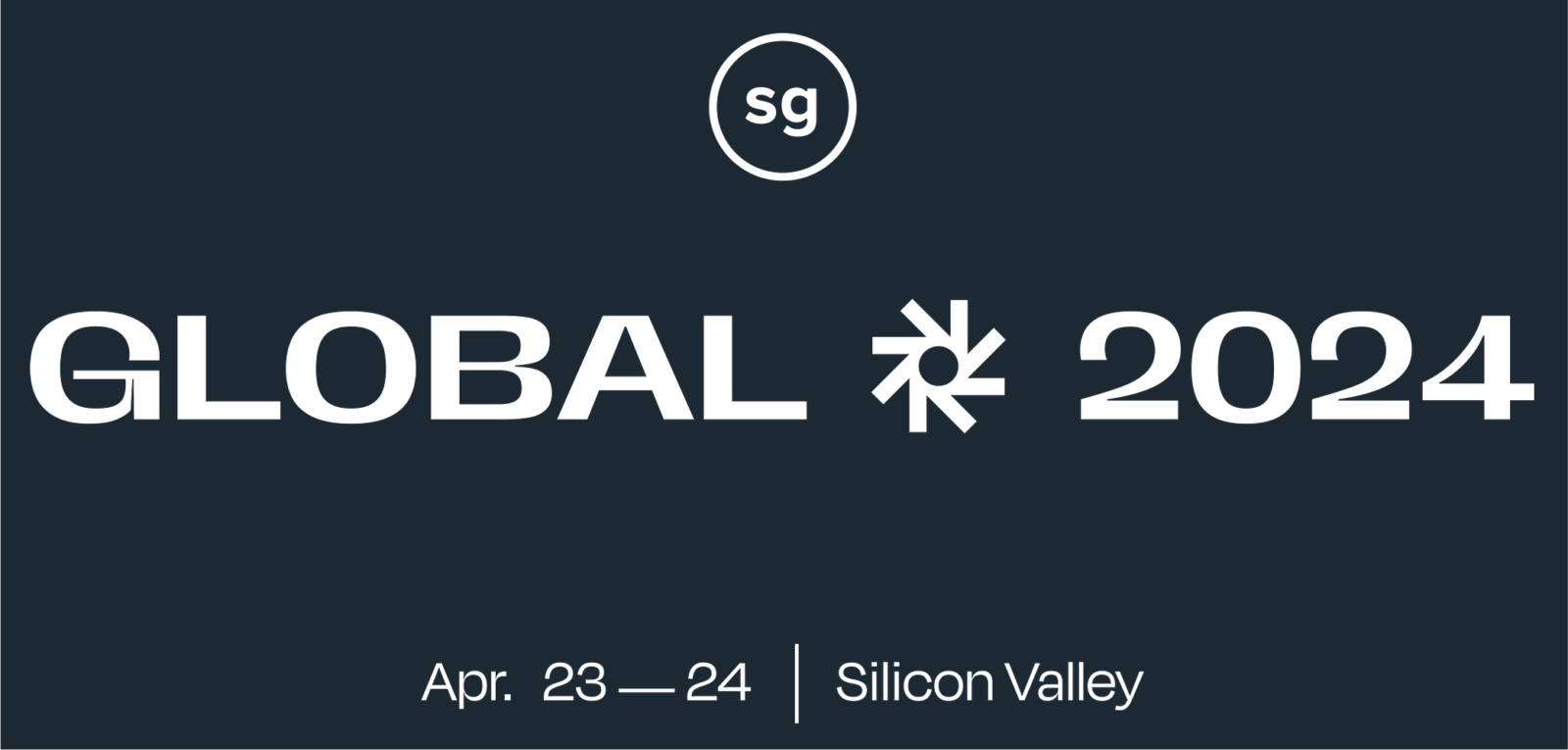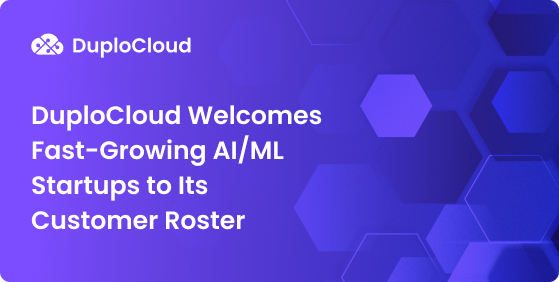Everything you need to know about the top solutions for accelerating cloud-native app deployment pipelines.
In the world of cloud-native application development, fortune favors the fast. The organizations that struggle to quickly deploy new applications quickly find themselves struggling to stay alive in a brutally competitive tech market.
The solution to this challenge? Automation.
To help you maximize your use of automation, this article outlines the best cloud infrastructure automation tools, platforms, and services used by development teams worldwide to accelerate production.
Need to brush up on the basics of Cloud Automation? Check out "The Complete Guide to Cloud Automation" to learn how developers are minimizing time-to-market.
Best Cloud Infrastructure Automation Tools
DuploCloud
What it is: DuploCloud is an innovative, no-code/low-code DevOps-as-service platform that transforms high-level application specifications into detailed, secure, compliant, and fully managed cloud configurations.
Features:
- Comprehensive provisioning capabilities, including SQS, Kafka, Redis, databases, Elasticsearch, object stores, virtual machines, and more
- Deploys across AWS, Azure, and GCP environments
- Enables automation through containers, serverless deployments, and ETL pipeline automation
- Automatically builds in disaster recovery, password management, single sign-on, and just-in-time access into applications
- Deployed applications meet SOC 2, PCI-DSS, HIPAA, HITRUST, NIST, and other industry-standard compliance frameworks
- Comprehensive application lifecycle management
- Full visibility into cloud actions
- CI/CD framework support
Bottom line: DuploCloud is breaking ground on a new cloud automation services category, and the reception from IT professionals has been overwhelmingly positive. As this AWS marketplace review explains, the solution's “Intuitive no-code UI enabled us to automate our initiatives to build microservices with a compliance-first approach. Rapid application development, deployment with security, compliance, and monitoring without writing code. With DuploCloud we were able to deploy more than fifty services in less than one month, something we thought was impossible.”
You don't need to take our word on the impact a platform like DuploCloud can have. Download our report that gathers thoughts from 300 engineering leaders on the current state of low-code/no-code cloud automation now, totally free with no obligation:

AWS CloudFormation
What it is: AWS CloudFormation is a cloud automation platform for modeling, provisioning, and managing AWS resources and third-party applications across all regions and accounts over their entire lifecycle.
Features:
- Automated provisioning
- Automated infrastructure updates
- Rollback trigger support
- Change Set preview support
- Asynchronous replication support
- Failback and failover support
- AWS identity and access management (IAM) support
- Template deployment model support
- Centralized management console
- Complies with the Service Organization Control (SOC), Payment Card Industry (PCI), Health Insurance Portability and Accountability Act (HIPAA), and more major industry standards
Bottom line: AWS CloudFormation is considered by many practitioners to be one of the top cloud automation tools for AWS development environments. A recent reviewer on G2 noted AWS CloudFormation, “helps create and build an entire infra setup and provision resources within minutes. It is easy to use the same stack to create another similar environment.”
Google Cloud Deployment Manager
What it is: Google Cloud Deployment Manager is Google’s version of AWS CloudFormation, enabling DevOps teams to easily deploy and manage Google Cloud resources.
Features:
- Deployment automation via templates and parameters
- Replication and failover support
- Comprehensive IAM and security support
- Complies with the SOC, HIPAA, and General Data Protection Regulation (GDPR)
- Centralized deployment management console
- Resources and usage analytics
Bottom line: Google Cloud Deployment Manager’s use of declarative syntax and templatization to drive deployment is very popular among DevOps pros, who praise the solution's speed and ease of use. This excerpt from a G2 review exemplifies why the tool has become such a go-to for those who work in Google Cloud environments: “I love the fact that many (multiple) resources can be deployed at the same time (in parallel) within the Deployment Manager. The process is also pretty simple thanks to the template-driven features. The hierarchical view within the Deployment Manager is a feature which I greatly like also: this enabled us to view all deployments at a time, in an organized manner.”
Microsoft Azure Automation
What it is: Microsoft Azure Automation enables DevOps teams to manage automation and configurations across deployments in Azure, on-premises, and third-party environments.
Features:
- Deployment orchestration
- Fulfillment delivery automation
- Continuous delivery automation
- Replication and failover support
- Native security support, including role-based access control
- Helps companies meet their regulatory standards
- Automation management console
- Compliance and configuration monitoring
Bottom line: While Azure Automation doesn’t quite have the same accolades as Google Cloud Deployment Manager or AWS CloudFormation, it’s still considered a solid cloud automation platform. A Gartner user review pointed out that the tool was “Good for process management, easy to use and learn from,” while adding that it was also “a bit on the expensive side.”
Terraform
What it is: Terraform is an open-source cloud infrastructure automation tool that allows DevOps teams to rapidly deploy and optimize infrastructure across any cloud environment.
Features:
- Plug-in-based-infrastructure provisioning support
- Comprehensive provisioning capabilities, including servers, caches, queues, monitoring, databases, routing rules, firewall settings, load balancers, and more.
- Infrastructure automation through existing workflows
- Policy as code enforcement
- Cloud agnostic support
- Virtual machine management
Bottom line: Terraform is a highly rated tool, earning top marks on respected tech review sites like Gartner, G2, GetApp. This review on TrustRadius summarizes what many IT professionals see in this solution, “Whenever we want to create any new resource on our AWS cloud or update an existing one by providing different variables, we use Terraform to do so. The whole organization uses it for the same purpose. It makes it easier for us to provision infrastructure by having that infrastructure as a code using Terraform.”
Chef Automate
What it is: Chef Automate is an enterprise cloud data automation platform that combines the Chef Infrastructure, Chef InSpec and Chef Habitat applications to provide operational analytics, a comprehensive audit history, and cross-team collaboration for infrastructure automation.
Features:
- Cloud infrastructure automation
- On-premises and cloud security automation
- On-premises and cloud application automation
- Simple product data backup and restoration
- Centralized management console
- DevOps analytics
Bottom line: Chef Automate has a strong reputation among DevOps pros, who consider it particularly effective at handling large environments. According to a recent Gartner user review, the tool’s dashboard is its best feature, as it gives “access to details of every datacenter, cloud provider and also collect configuration with filter of dashboard.”
Puppet Enterprise
What it is: Puppet Enterprise is an on-premises and cloud automation solution that helps organizations deploy IT infrastructure and leverage automation.
Features:
- Configuration rollout management
- Backup and restore support
- Comprehensive automation storage
- Role-based access control support
- Helps ensure compliance with the Center for Internet Security (CIS) standards
- Centralized management console
- DevOps analytics
Bottom line: Puppet Enterprise’s customer support, open-source community, and overall deployment management are some of the solution’s most talked-about features. In fact, for many professionals, it’s the best cloud automation software available. According to this Capterra user review, Puppet Enterprise is “much easier to manage than its competitors like chef/salt/ansible etc.”
Red Hat Ansible Automation Platform
What it is: The Red Hat Ansible Automation Platform is an enterprise-grade solution that combines Ansible Automation, Ansible Tower, Ansible Engine, etc. to help IT teams successfully scale automation usage across their organizations.
Features:
- Uses easy-to-understand playbooks to run configuration and deployment
- Backup and restore support
- Role-based access control support
- Predictive threat detection
- Helps customers meet regulatory and procurement standards
- Web-based centralized management console
- Full visibility into usage, uptime, deployment status, etc.
Bottom line: Ansible is one of the 800-pound gorillas in the cloud automation services space, with many IT and DevOps pros praising its incredible ease of use. As this G2 review observes, the tool “is intelligent enough and powerful enough for me to write automatic build scripts that handle a variety of chores for me. If I do my part to think ahead and design the ansible script properly, it eas[il]y does its part to perform the tasks I give it.”
Get Started With DuploCloud
One of the most powerful cloud automation solutions, DuploCloud’s unique approach helps organizations significantly accelerate their development — increasing deployment rates by a factor of 10 while lowering cloud operating costs by 75%. To learn more about how DuploCloud could help you improve your organization’s dev process, read no-code/low-code DevOps our white paper.









